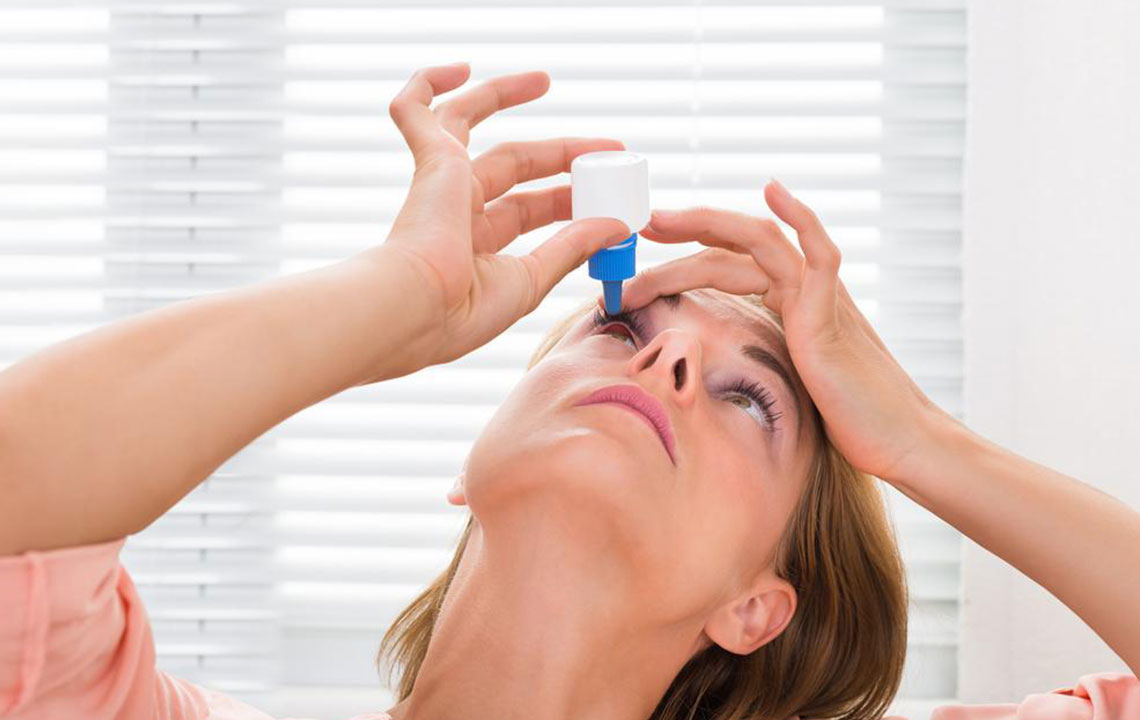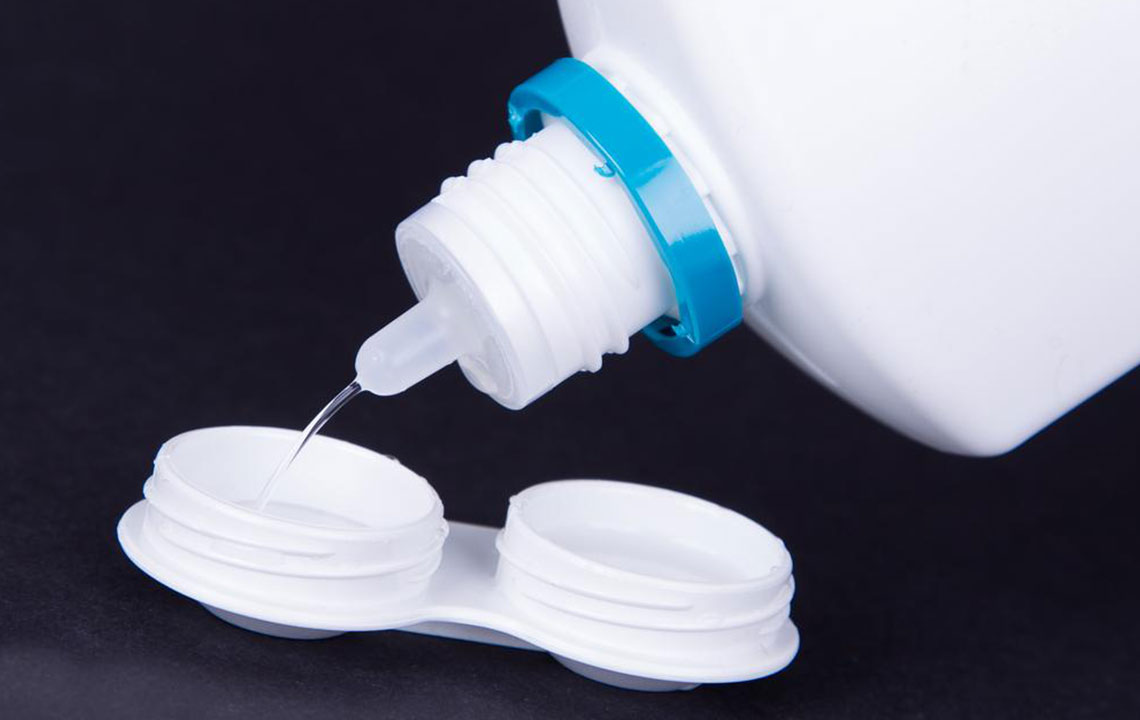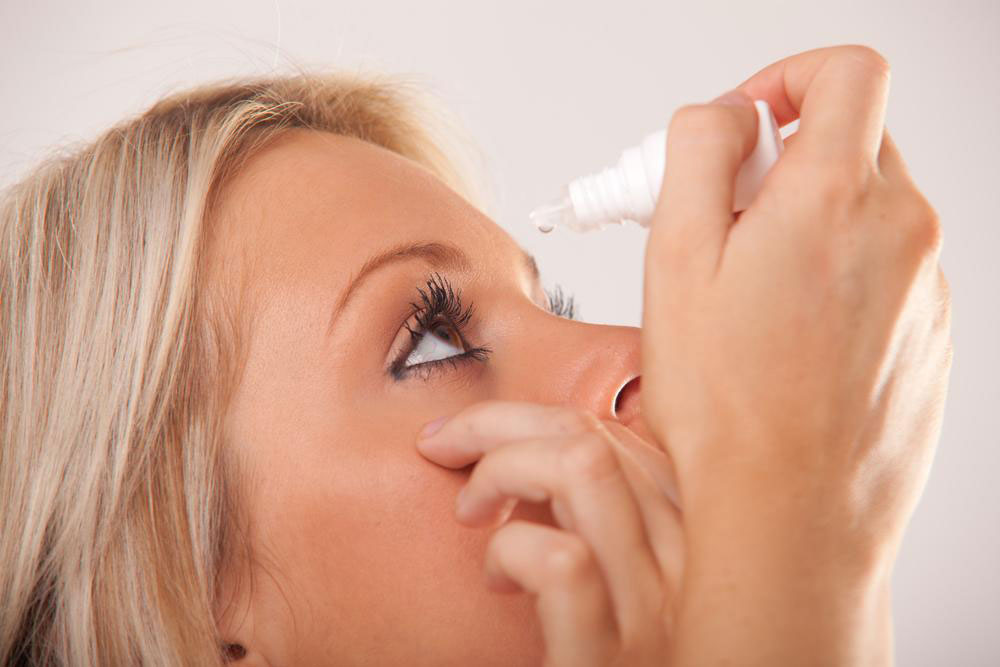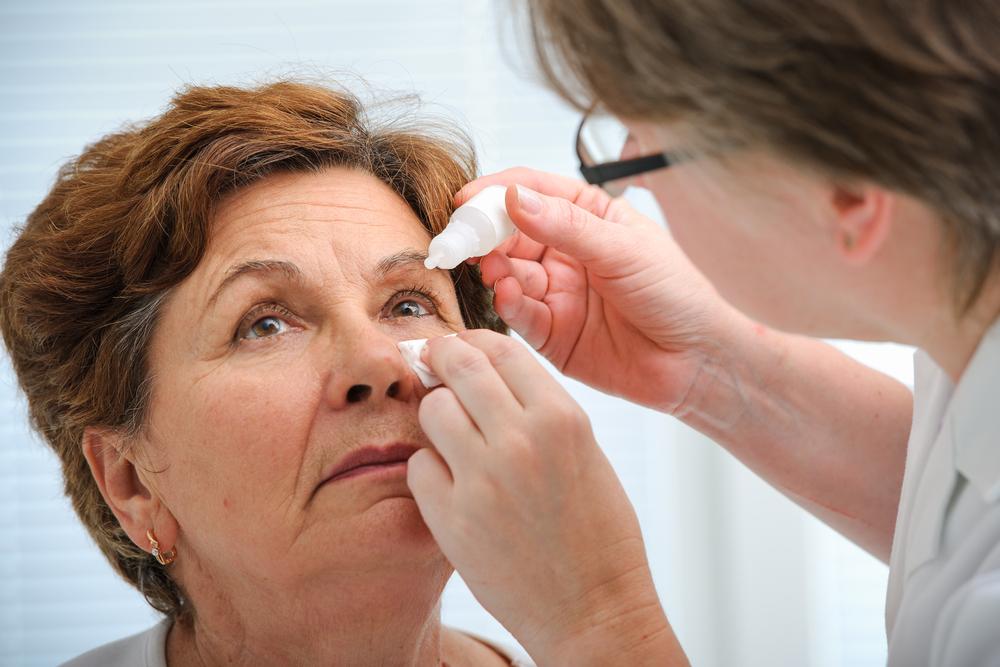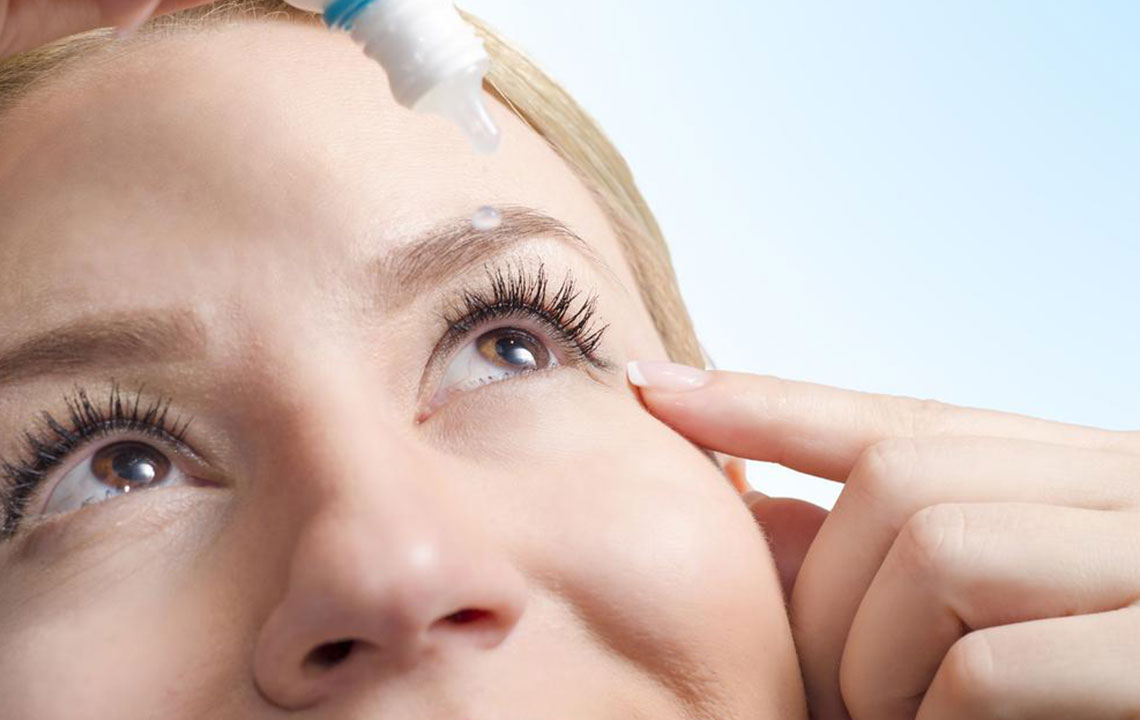Effective Strategies for Managing Dry Eye Syndrome
Discover effective methods to treat and manage dry eyes. This guide covers causes, symptoms, and professional treatment options like artificial tears, punctal plugs, and medications. Learn home remedies and preventive tips to keep your eyes comfortable and healthy. Always consult an eye specialist for personalized care and advice to ensure proper treatment and avoid complications.
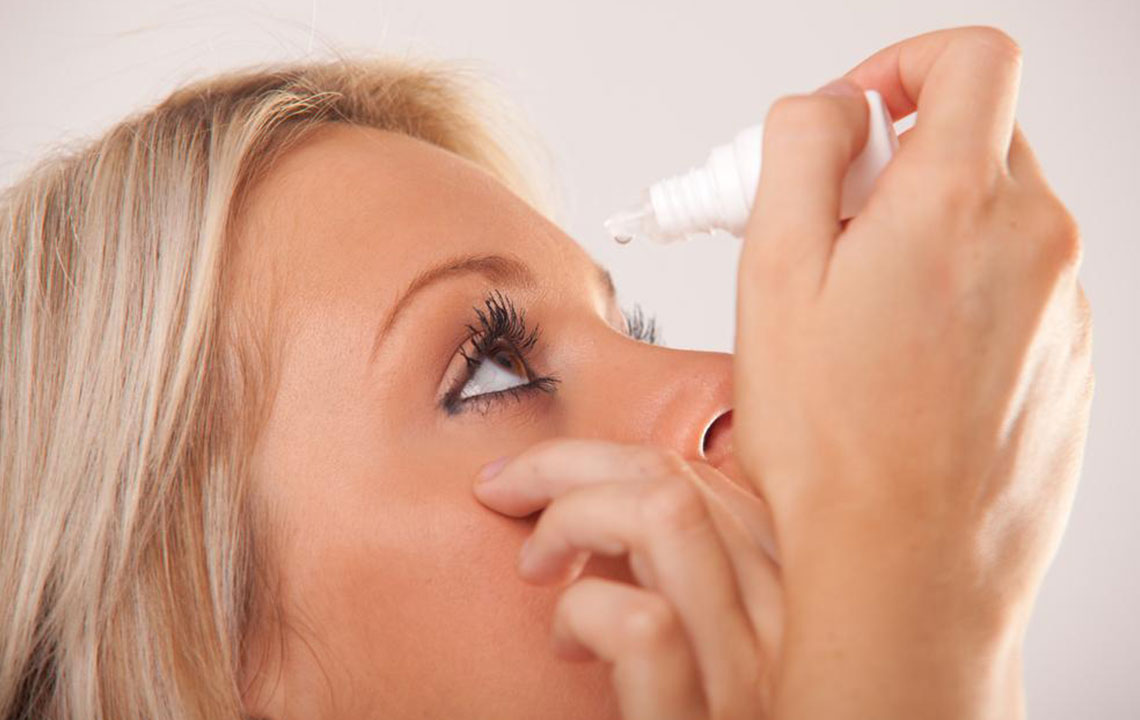
Effective Strategies for Managing Dry Eye Syndrome
If you spend extensive hours on laptops or digital screens, you're likely familiar with dry eyes. This article explores the causes, symptoms, and treatment options for dry eyes. However, always consult an ophthalmologist before starting any remedies.
Your eyes are constantly moist with tears, a vital process that lubricates and protects against infections. Tears consist of water for hydration, oil for lubrication, mucus for spreading, and antibodies to prevent infections.
The tear-producing glands near your eyes sometimes malfunction, leading to dry eye issues.
Signs of dry eyes include:
Discomfort or burning sensation
Eye fatigue and irritation
Redness and sensitivity to light
Itching or a stinging feeling
Reflex tearing occurs when your eyes produce excessive tears in response to discomfort, but these tears lack the proper lubrication qualities.
Dry eyes often result from prolonged screen use, air-conditioned environments, or hairdryers, but can also be caused by other factors such as:
Aging or menopause
Side effects of certain medications
Autoimmune conditions like Sjogren's syndrome and rheumatoid arthritis
What are the treatment options? Various remedies are available, but always seek professional medical advice before self-treating.
Artificial tears or gels: Over-the-counter drops or ointments prescribed by your doctor help lubricate dry eyes. Chronic cases may require persistent use even if symptoms improve.
Punctal plugs: Small devices inserted into tear ducts to reduce tear drainage, improving moisture retention. Initially, temporary dissolvable plugs might be used before opting for permanent solutions.
Lipiflow therapy: Uses controlled heat and pressure to unblock eyelid glands, reducing tear evaporation and restoring moisture.
Hormonal treatments: In some cases, testosterone creams applied to eyelids can enhance oil gland function, especially when deficiencies are identified.
Nutritional supplements: Omega-3 fatty acids from fish like salmon or vegetarian sources such as flaxseeds can support eye health.
Prescription medications: Drugs like Restasis or Xiidra help increase tear production and reduce inflammation, though they take time to show effects and may cause side effects.
Topical gels and ointments: Longer-lasting options like GenTeal or Refresh Celluvisc maintain eye hydration for extended periods.
OTC eye drops: Available remedies such as Moisture Eyes or Computer Eye Drops can alleviate mild dryness.
Along with medical treatments, simple home practices like blinking regularly, removing eye makeup properly, cleaning eyelids, and wearing sunglasses outdoors can help manage dry eye symptoms.
Note:
The information shared here is for educational purposes. Always consult an ophthalmologist for an accurate diagnosis and personalized treatment plan. The website does not guarantee the accuracy of external data or offer specific medical advice. Use this content as a reference, not as a replacement for professional healthcare.

